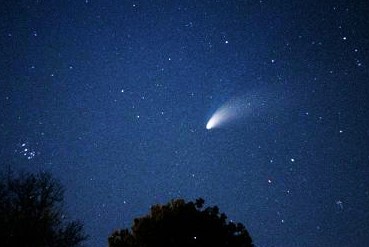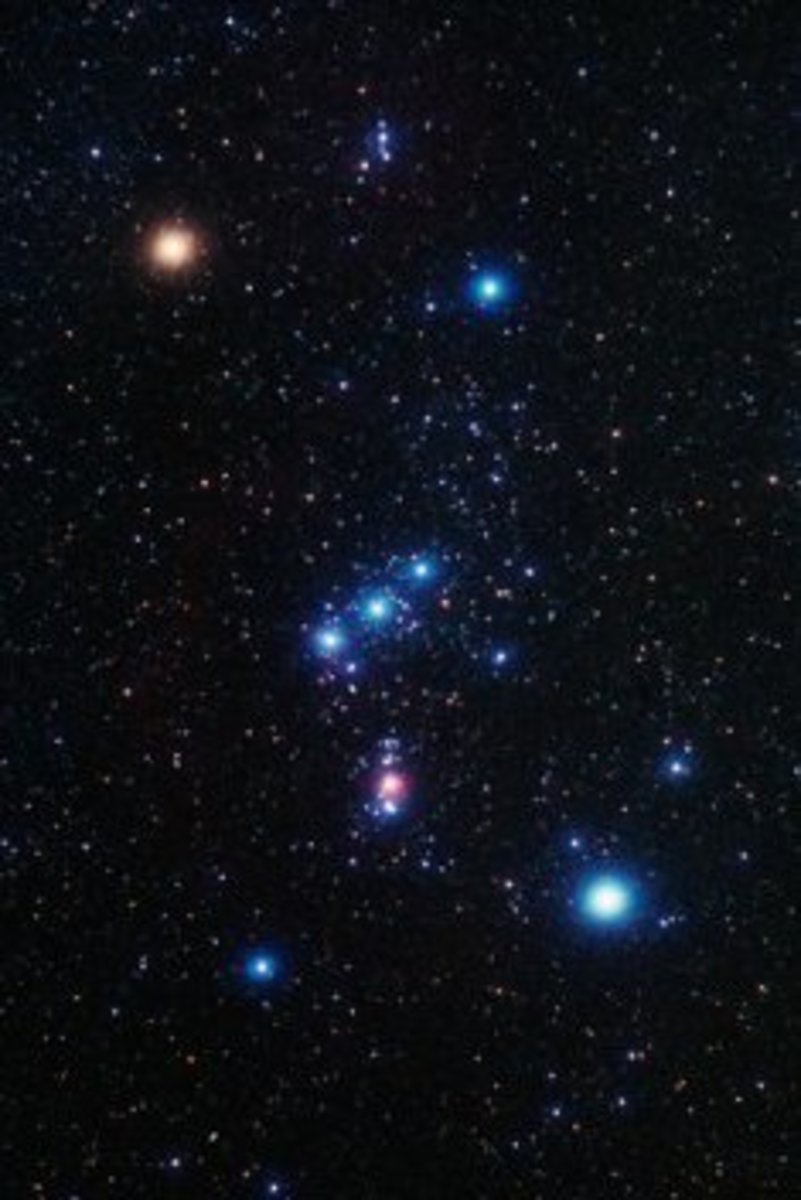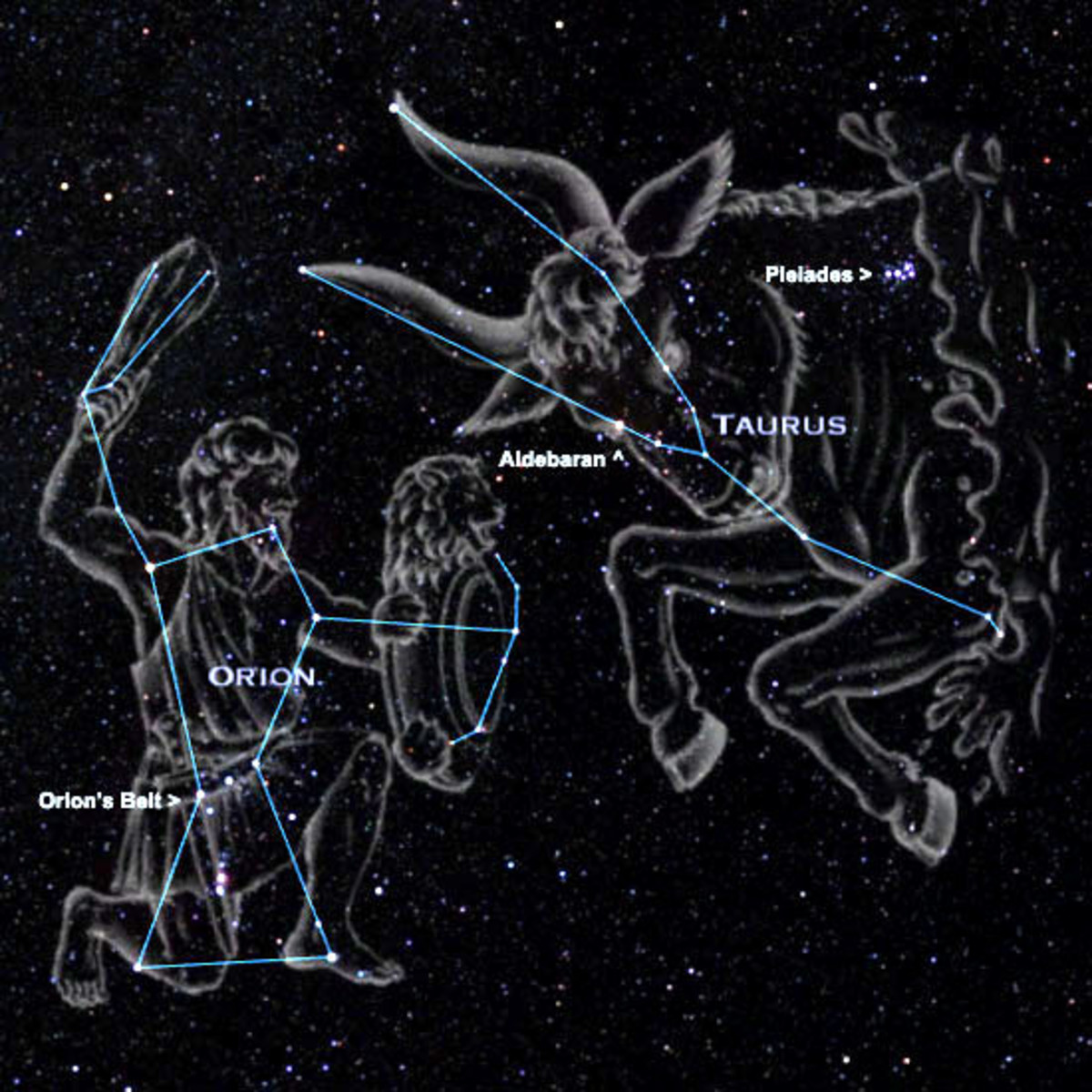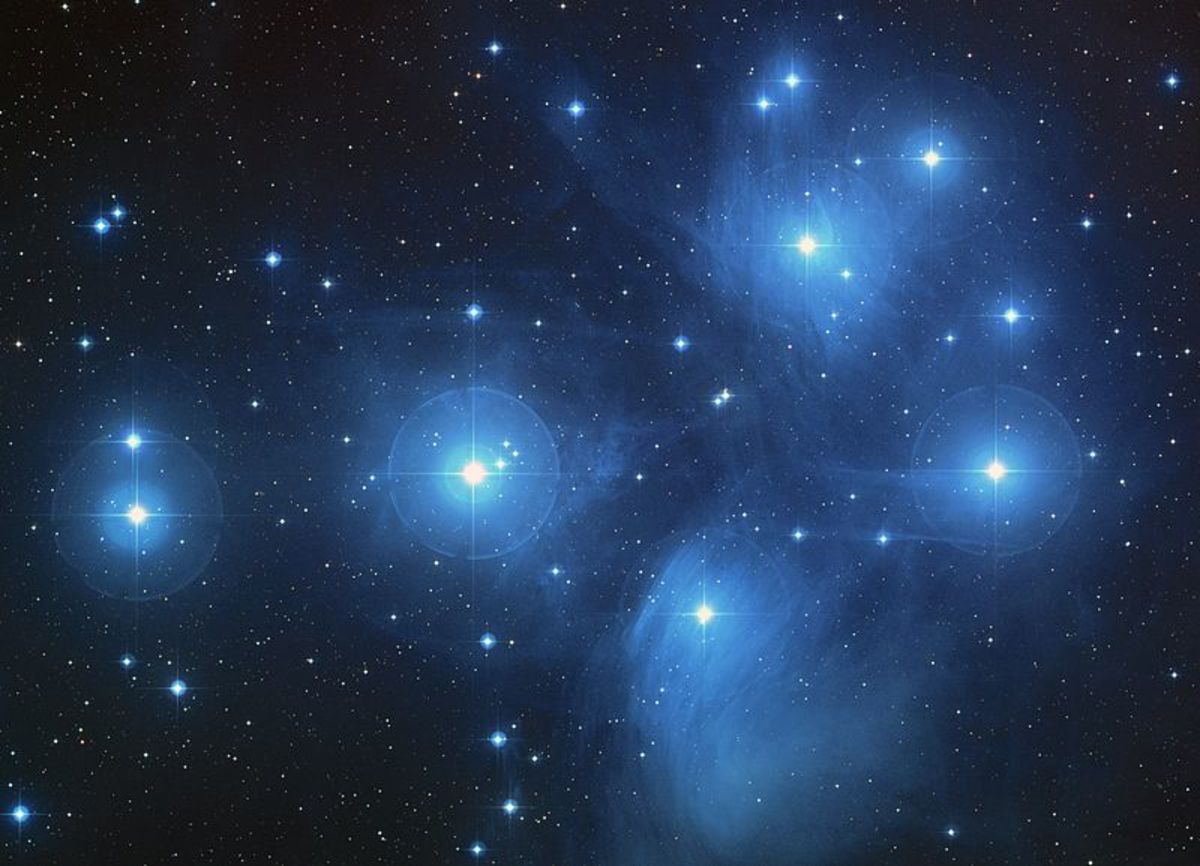The 7 Star Classifications



By Joan Whetzel
The universe contain a huge number of stars, estimated in the quadrillions - only 3,000 of which are visible to the naked eye after dark. These clusters of glittering stars contain gases, heavy elements and everything essential to life. The stars have been divided int assinged to one of 7 classifications - A, B, F, G, K, M, or O – based on seeral factors: color, size, brightness, and age as well as a few other factors.
Star Color
Earth’s atmosphere makes the stars appear white, but in fact each gives out its light in one of the colors of the visible light spectrum.
· Class A = pale blue
· Class B = medium blue
· Class F = white
· Class G = yellow (our Sun)
· Class K = orange
· Class M = red
· Class O = dark blue
A star’s color is related to its temperature. White and blue stars are deemed hot. Red and orange stars are considered cool. Yellow stars fall somewhere in the middle.
Star Size
The radius of the largest stars - the super giants, red giants and blue giants (dying helium stars) - is 1,000 times greater than that of our sun. Those stars also shine 10,000,000 times brighter. As they are used up, the super giants become “black holes.” The smallest stars (dwarf stars) are called brown dwarfs (failed stars), black dwarfs (dead stars), red dwarfs (nearly dead stars), white dwarfs (small, dense stars that are dying), and yellow dwarfs (stars much like our sun, but smaller).
Star Brightness
Star brightness (measured in magnitudes) is established by the amount of energy it puts out and how far it is from the Earth. The brightness magnitudes are broken up into sub-categories labeled as apparent (dim), absolute (medium), and true brightness (bright).
· True Brightness (bright) = Class O and Class B stars.
· Absolute Brightness (medium) = Class A, Class F, and Class G stars.
· Apparent Brightness (dim) = Class K and Class M stars.
Star Age
The age of a star is established by where it is in its life cycle. The life cycle classifications are: proto-stars (young), secondary or “main sequence” stars (intermediate, like our sun), and the stars at the ned of their life cycle which become red giants first, then white dwars, and finally black dwarfs.
Variable Stars
In addition to the factors listed above, there are a class of stars known as variable stars, which produce a brightness level that fluctuates or oscillates in wave periods lasting anywhere from seconds to years. The brightness variability tends to occur ath the beginning of the life cycle or at the end of the life cycle and the cause my be due to either internal or external conditions.
Other Star Classification Factors
· Supernovas: Stars on the threshold of collapse, exploding, or becoming pulsars (radiating pulses of radio waves moving outward).
· Neutron Stars: Supernovas that have imploded and turned into a black hole. (One teaspoon of this substance has the same weight as a mountain).
· Binary Stars: Double Stars that appear to be stationary and placed closely packed, sometimes appearing as one rather large star – known as eclipsing binary stars.
· X-Ray Binaries: collapsed stars (e.g. black holes and white dwarfs) that are attached to another star due to gravitational pull. The energy of the live star spreads out to the collapsed star, producing x-ray radiation.
References
AstronomyOnline.org: Stars -- Stellar Classifications.
http://astronomyonline.org/Stars/Classification.asp
National Geographic. Stars.
http://science.nationalgeographic.com/science/space/universe/stars-article.html
Atlas of the Universe. The Classification of Stars.
http://www.atlasoftheuniverse.com/startype.html
AstronomyOnline.org. Formulas: Magnitudes.
http://astronomyonline.org/Science/Magnitude.asp?Cate=Science&SubCate=MP03&SubCate2=MP040220





